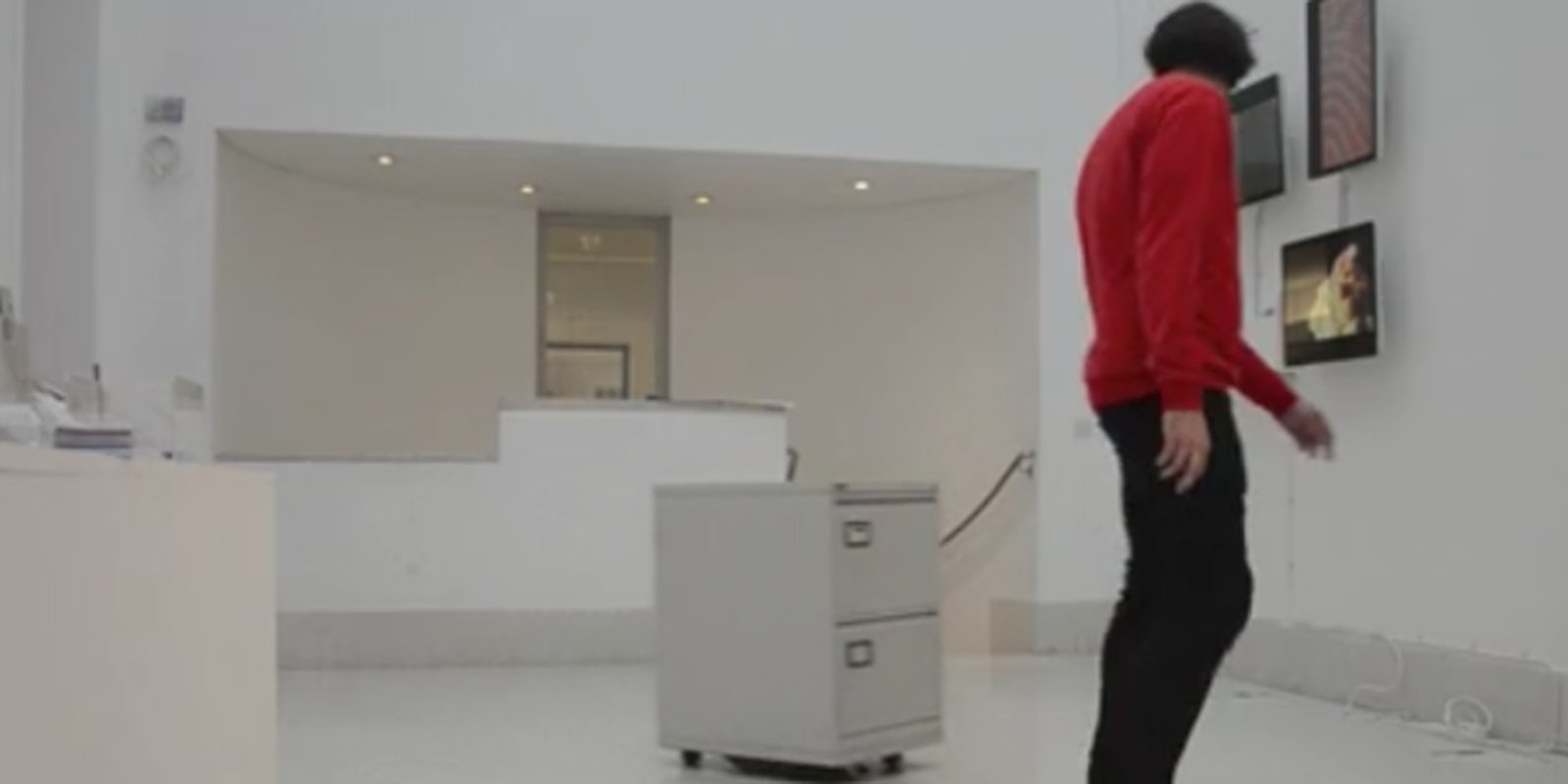Do you ever think about your online data trail, and then immediately feel panicked and clammy? That’s not an uncommon reaction to the vast amounts of data we leave behind every day. One artist created a 3D version of our data trail, as a constant reminder.
Jaap de Maat, a student at the Royal College of Art, included an actual filing cabinet in his final project for his MA in Information Experience Design, titled I Know What You Did Last Summer. A description:
“It is physically impossible for the human brain to remember every event from our past in full detail. The default setting is to forget and our memories are constructed based on our current values. In the digital age it has become easier to look back with great accuracy. But this development contains hidden dangers, as those stored recollections can easily be misinterpreted and manipulated. That sobering thought should rule our online behaviour, because the traces we leave behind now will follow us around for ever.”
So how does one design commentary around unseen data? He told Ars Technica that around the time he was writing his dissertation, the Edward Snowden story was breaking news, and he “was quite shocked people mainly worried about the surveillance.” He suggested that there might be ways around leaving a data trail:
“It might be possible to disguise one’s tracks by bombarding your online history with a mass of random data, which would dilute your personal information and subvert the possibility of the automatic creation of a profile.”
He documented the making of the filing cabinet and more on his Vimeo page, but if you watch the clip above, it seems most people who interact with it treat the cabinet like a little robot, smiling and laughing at the thought of it trailing behind them. Would we be doing the same if we could envision our real data history?
Screengrab via Jaap de Maat/Vimeo


